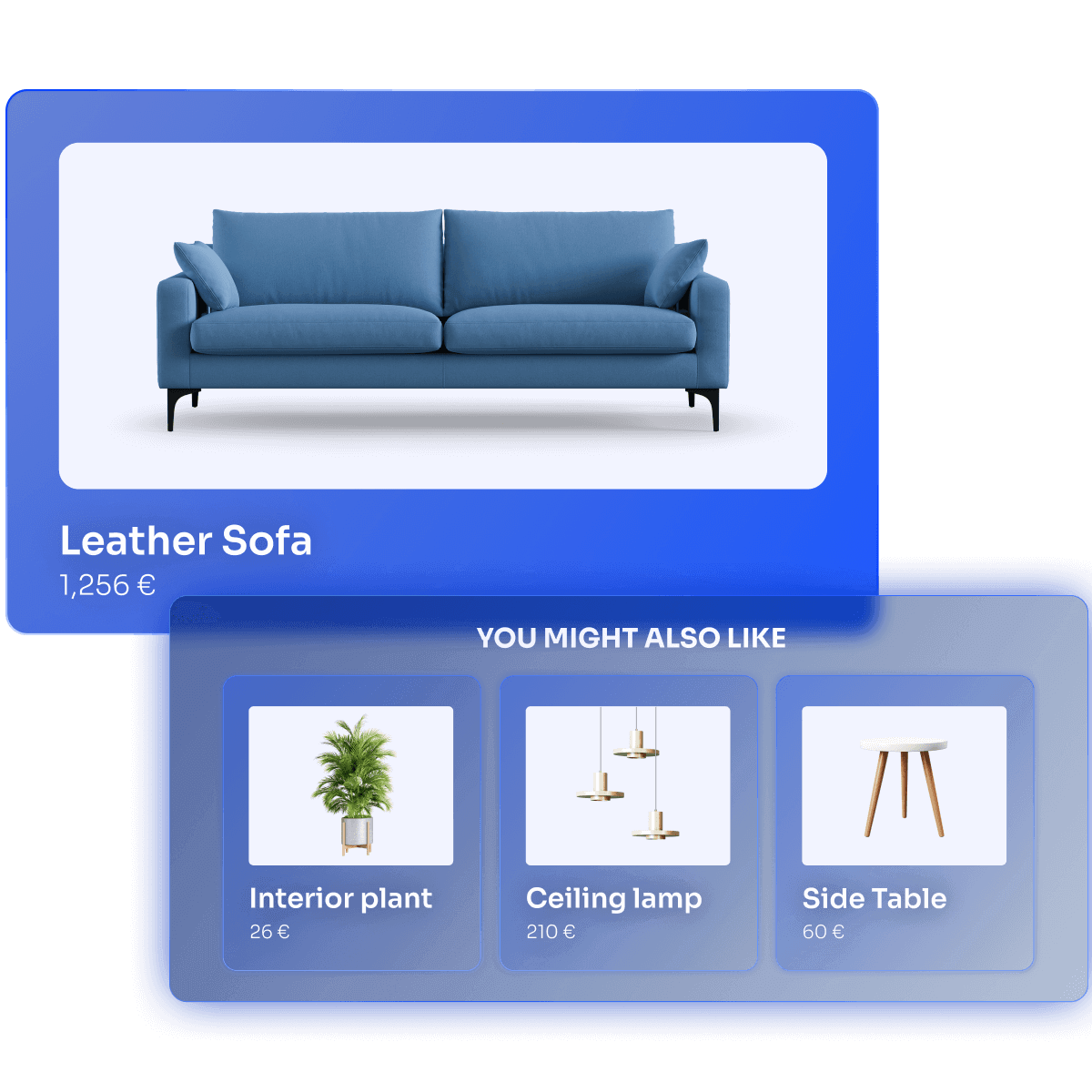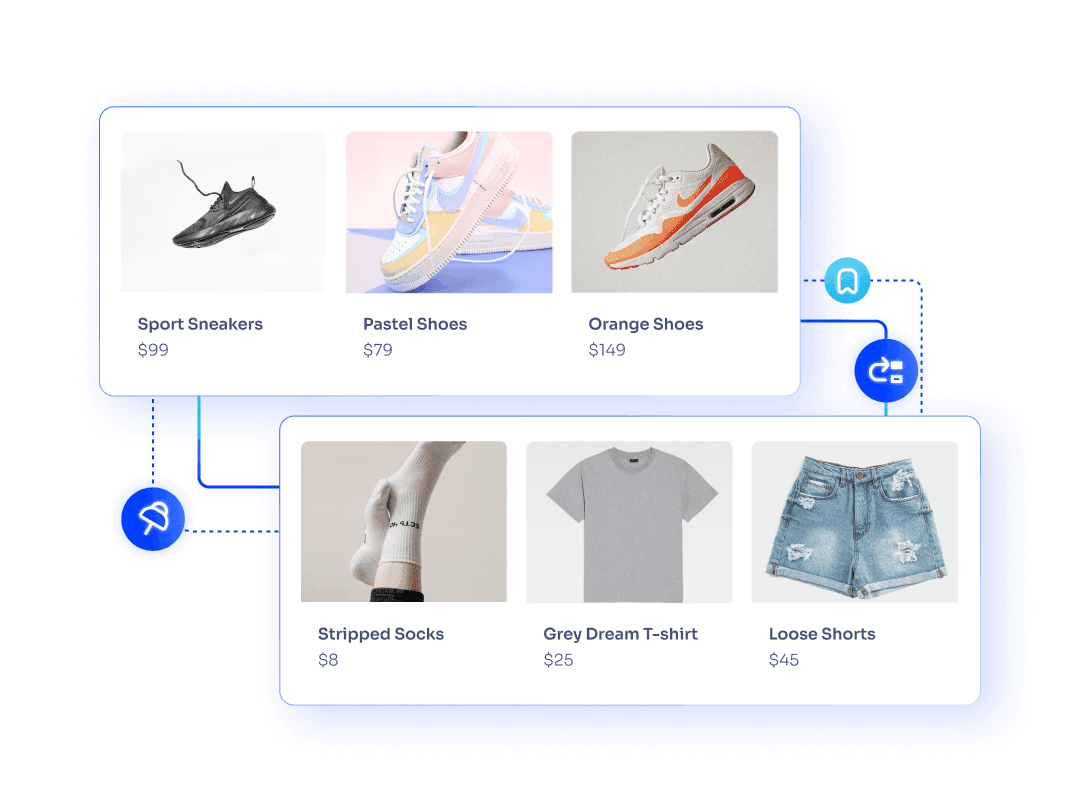Under the hood recommendations rely on multiple algorithms and models, depending on the use case.
The Frequently Bought Together/Complementary recommendations is trained on past 30d user interactions and it uses a collaborative filtering algorithm for the Relaxed variant and a statistical approach for the Strict variant.
The Related Products/Alternative recommendations model uses a collaborative filtering algorithm, a content-based model or a hybrid one, based on the available data for training (user interactions, product attributes or both).
Both Trending items and Trending facets value models compute the recommendations based on the increase in the number of purchases in the last days per product, respectively per facet value.
The Looking similar model uses the products images to recommend the most visually similar products in the catalog.








